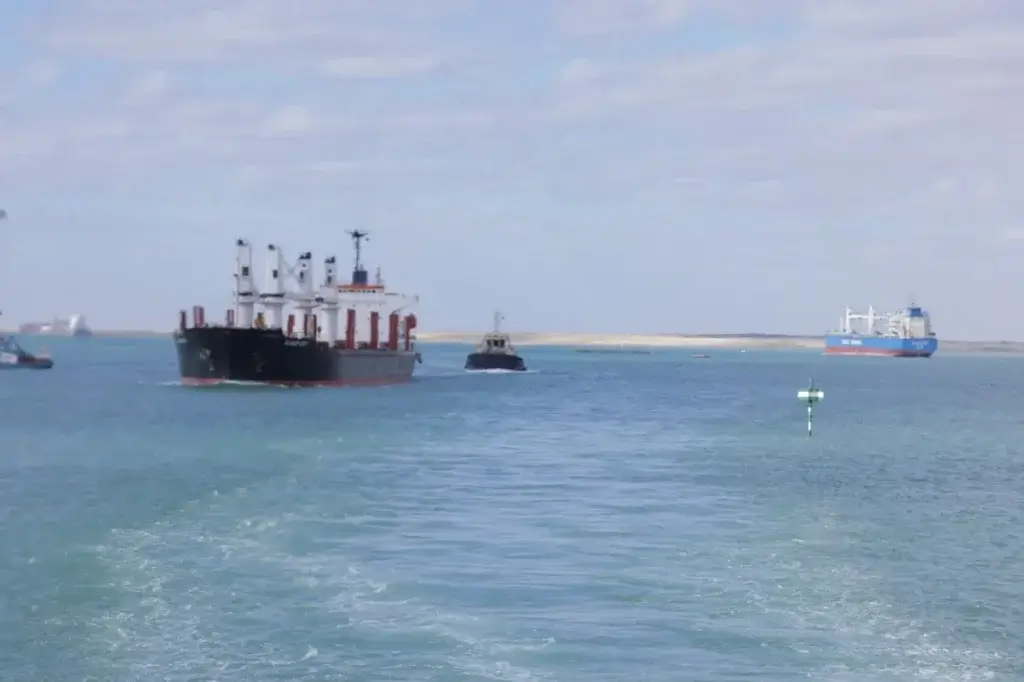The maritime informatics discipline is showing plenty of positive momentum following the release of the Springer-published book Maritime Informatics – Additional Perspectives and Applications, the follow-up to last year’s acclaimed text Maritime Informatics.
The first text laid the foundations for the Maritime Informatics discipline in 23 chapters covering a diverse range of topics, from common standards to digitalisation, sustainability, data sharing, data management and data analytics. For more information on the text, consult our review here.
Mikael Lind, who is with RISE Research Institutes of Sweden and Chalmers University of Technology, is the main driving force behind both books and the maritime informatics discipline.
The co-editors from the first book are also back to assist with its follow-up; Michalis P. Michaelides, an Assistant Professor at the Department of Electrical Engineering, Computer Engineering and Informatics at the Cyprus University of Technology; Robert Ward, former Secretary-General of the International Hydrographic Organization, and Richard T. Watson, an experienced author of texts on data management, electronic commerce and energy informatics among other topics.
Maritime Informatics – Additional Perspectives and Applications seeks to address some of the most recent practical developments and experiences in the field of maritime informatics – particularly from a global perspective.
As many as 40 authors are credited with contributions to the book’s 6 chapters, which cover supply chain visibility, the circular economy, ports as multidimensional hubs, the IMO Reference Data Model, digitalisation, and the effectiveness of containerised supply chains.
In its own words, the text shall look at things such as “the supply chain in support of global emergencies, recycling resources and the circular economy, ports acting as multidimensional hubs, the standardisation of data, and the emergence of data sharing platforms in the global container trade.”
As author Mikael Lind recently pointed out on LinkedIn, the book’s first chapter will be of particular interest to those in multi-modal transport, where dynamic decision making is required for the efficient routing of goods in-transit in order to serve the best interests of people across the globe. The chapter explains how data from the multiple actors and sources can generate (near) real-time situational awareness using both maritime informatics perspectives and methods.
The book’s second chapter, titled Digitalisation in a Maritime Circular Economy, highlights why the circular economy is also very relevant to the Maritime Industry. Chapter 3 then moves onto the topic of ports operating as manifold hubs, detailing how today’s ports can evolve into tomorrow’s hubs via the principles of maritime informatics.
In chapter 4, the book’s focus shifts to data, specifically the technological advancements in the development and uptake potential of the International Maritime Organization reference data model. The penultimate chapter concerns digitalisation, honing on the standardisation achievements of the Digital Container Shipping Association (DCSA), and comparing them with similar activities by the International Air Transport Association (IATA).
Finally, the 6th and final chapter, a case study of TradeLens, looks at how the implementation of a blockchain-based platform can identify the key data exchange issues in the containerised global transport trade, while also identifying the challenges that could potentially arise in the future.
All in all, the 135-page book symbolises the momentum that is currently with the maritime informatics discipline, which champions common standards for digitalisation, bettering sustainability, data sharing, data management and data analytics.
The book, published by Springer, has just been released in digital and physical format. Those interested in learning more about maritime informatics may also visit the dedicated website maritimeinformatics.org or read our interview with Mikael Lind.









